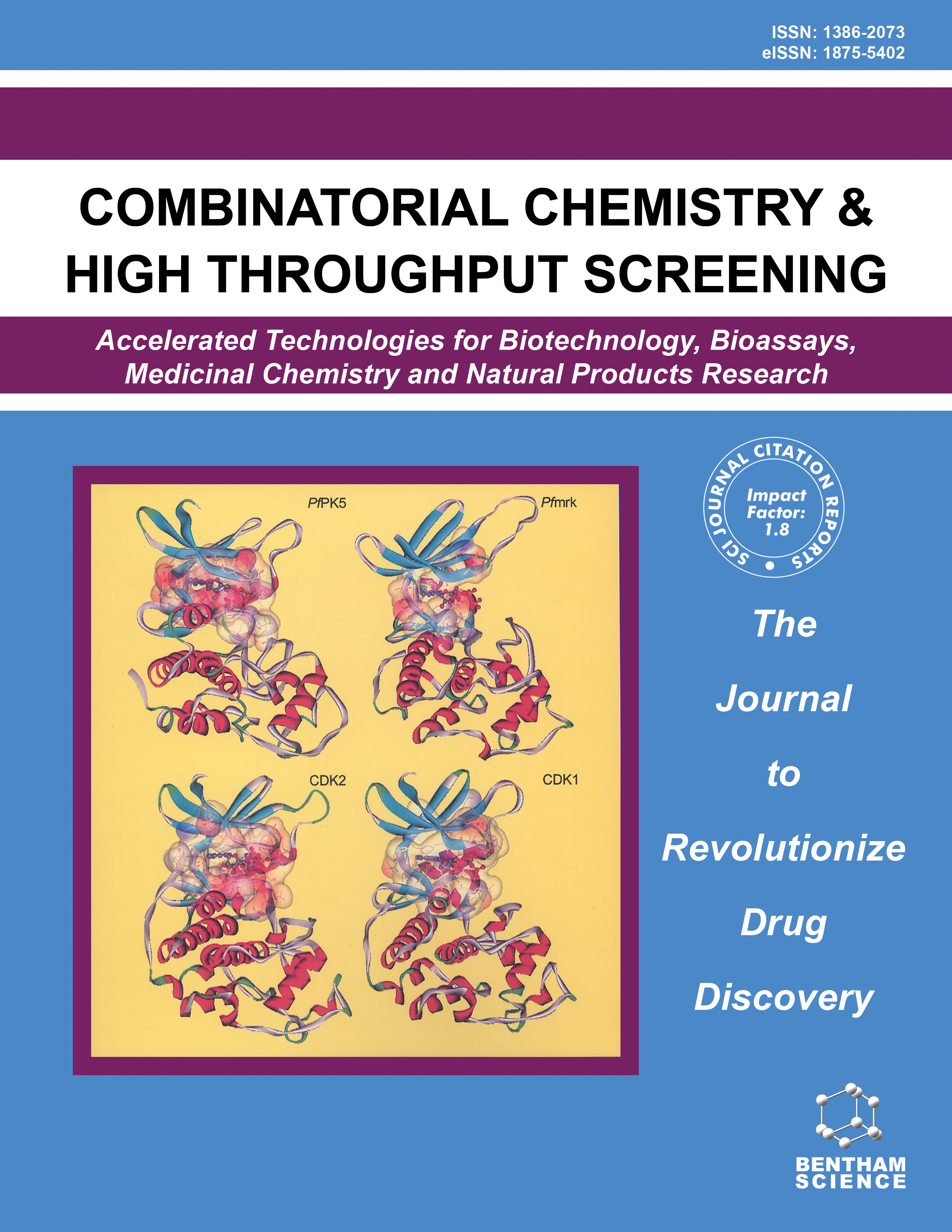
Full text loading...
We use cookies to track usage and preferences.I Understand
Colorectal cancer (CRC) has a very high incidence and lethality rate and is one of the most dangerous cancer types. Timely diagnosis can effectively reduce the incidence of colorectal cancer. Changes in para-cancerous tissues may serve as an early signal for tumorigenesis. Comparison of the differences in gene expression between para-cancerous and normal mucosa can help in the diagnosis of CRC and understanding the mechanisms of development.
This study aimed to identify specific genes at the level of gene expression, which are expressed in normal mucosa and may be predictive of CRC risk.
A machine learning approach was used to analyze transcriptomic data in 459 samples of normal colonic mucosal tissue from 322 CRC cases and 137 non-CRC, in which each sample contained 28,706 gene expression levels. The genes were ranked using four ranking methods based on importance estimation (LASSO, LightGBM, MCFS, and mRMR) and four classification algorithms (decision tree [DT], K-nearest neighbor [KNN], random forest [RF], and support vector machine [SVM]) were combined with incremental feature selection [IFS] methods to construct a prediction model with excellent performance.
The top-ranked genes, namely, HOXD12, CDH1, and S100A12, were associated with tumorigenesis based on previous studies.
This study summarized four sets of quantitative classification rules based on the DT algorithm, providing clues for understanding the microenvironmental changes caused by CRC. According to the rules, the effect of CRC on normal mucosa can be determined.

Article metrics loading...

Full text loading...
References


Data & Media loading...
Supplements

